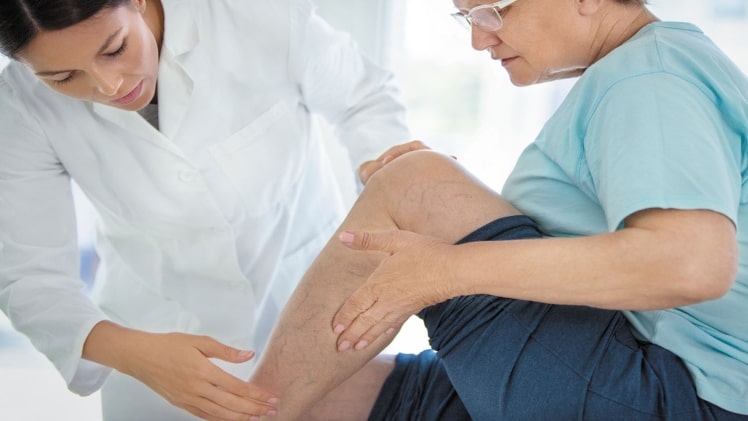Having a vein disease is just as difficult as living with any other chronic medical condition. While some situations can be treated and managed, you can only monitor others over time. If you have vein disease, then the first step you should take is to have it properly diagnosed by Dr. Atur Kasha in El Paso or a vein specialist. Many different conditions fall under this category, but the most common include spider veins, varicose veins, and chronic venous insufficiency. While some vein conditions do not pose any health risks, others appear as a symptom of a more severe disease that requires the attention of a medical expert. In this article, we look at the different vein conditions.
-
Varicose Veins
Varicose veins are enlarged, twisted, swollen blood vessels that usually appear on the skin’s surface. They are primarily found in legs but can also appear on other parts of the body. They are often associated with heavy lifting or standing for long periods. Other common causes include pregnancy and genetic predisposition.
The condition is generally classified as mild or severe. Mild cases only cause the veins to look and feel swollen, while more serious ones can lead to leg pain, skin changes, ulcers, bleeding, blood clots, and infections. If your doctor finds out that you have this condition, they will recommend different treatment options depending on their severity.
-
Spider Veins
Like varicose veins, spider veins are also small and twisted blood vessels that appear on the skin’s surface. They often look like a cluster of blue lines under the skin. However, unlike varicose veins, they usually only affect the legs and sometimes ankles, as well as calves.
Spider veins usually show up in people who have a medical history of sun exposure or who are fair-skinned. There is also a genetic component to them since they often appear in families. Although spider veins are harmless, you can ask your doctor for treatment options if you want to get rid of them.
-
Chronic Venous Insufficiency
This is the most severe medical concern that affects the veins. It occurs when the blood flow from the lower parts of the body to the heart is disrupted or blocked. This condition usually affects varicose and spider veins that have become extremely large and bulging. As a result, chronic venous insufficiency is often associated with severe complications such as leg ulcers and blood clots (DVT).
To treat this condition, you have to get rid of the underlying cause. The doctor will perform a combination of treatments that include surgery and the use of compression stockings. This treatment is also given to patients who suffer from varicose veins, lymphedema, wounds on the legs or feet, and leg ulcers.
In summary, vein conditions are not something you can take lightly, as they may be a symptom of a more severe cardiovascular condition. Some of the most common conditions that affect your veins are varicose veins, spider veins, and chronic venous insufficiency. Remember to see a vein specialist for diagnosis and treatment if you have symptoms of a venous condition.

